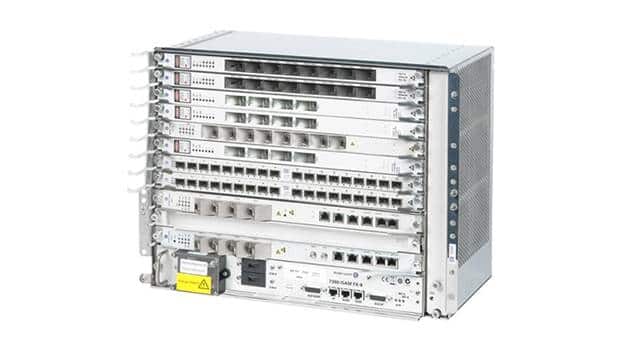Nokia and Post Luxembourg are deploying G.fast technology, which boosts speeds on available copper infrastructure in buildings, to deliver fiber-like speeds to inhabitants in the Grand Duchy.
Complementing its ongoing fiber roll-out in the country, Post Luxembourg is deploying G.fast technology inside apartment buildings to considerably boost speeds for subscribers and enhance their triple-play and high-definition video experience.
Today, about 60 percent of homes in the Grand Duchy already have access to gigabit fiber networks. However, for those living in multi-dwelling units, getting access to fiber networks can be challenging often requiring a complete rewiring of the premises to bring fiber into an apartment. With Nokia's G.fast solution, which uses built-in vectoring technology to reduce cross-talk interference that typically impacts data speeds over copper networks, Post Luxembourg will be able to use the last meters of existing copper in the building to effectively bring ultra-broadband access to customers.
As part of the contract, Nokia is delivering 8 and 16 port G.fast micro-nodes with vectoring (7367 ISAM SX-8 and SX16) which are ideally suited for Multi-Dwelling-Unit (MDU) applications. G.fast services will be terminated in the home using the Nokia 7368 ISAM F-010G CPE.
Gaston Bohnenberger, Managing Director of POST Technologies
The G.fast technology today makes sense for us in buildings where it is difficult or impossible to modernize the internal cabling of the building. While POST Luxembourg's main objective remains to bring the fiber all the way up to the customers apartment, G.fast will be used in buildings where rewiring is at present not possible.
Federico Guillen, President of Nokia Fixed Networks Business Group
This multi-technology mix of fiber and copper makes absolute sense when rolling out ultra-broadband networks. The reality is that Fiber-to-the-Home can, in some cases, take years to deploy due to challenging local conditions.




















